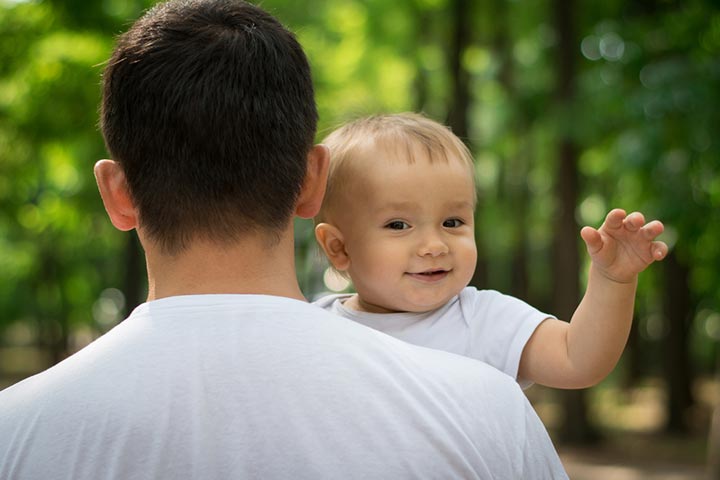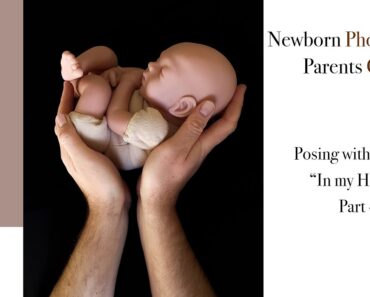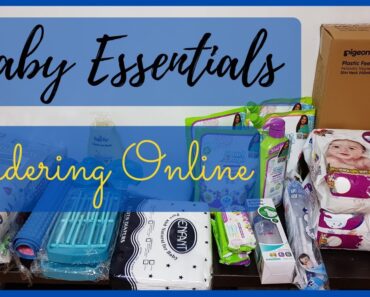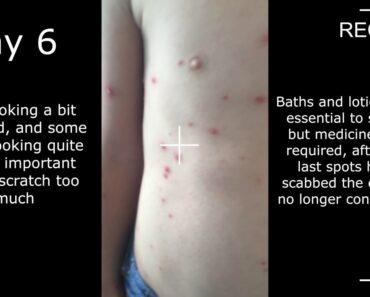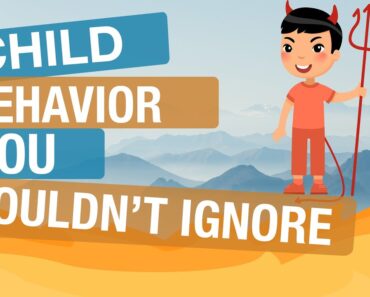Image: Shutterstock
It is a source of immense joy to see your baby greet you with a wave of their hand. Waving is part of a baby’s non-verbal communication skills, and a little one usually waves even before they develop proficient speech skills. Non-verbal gestures, such as waving, are also indicators of healthy growth, indicating that the baby is achieving developmental milestones on time.
Parents can always encourage a baby to wave through simple ways. Read on to learn about when babies learn to wave, signs that indicate this skill, ways to encourage it, and when to be concerned.
When Do Babies Wave?
The first wave movement among full-term infants is often observed around the age of ten months (1). Babies usually learn to copy gestures at the age of nine months, thus, some nine-month-olds may wave back if you wave at them (2).
Babies may not understand the purpose of waving and its associated meanings until they are 12 months old. It is mostly after the first birthday a baby may wave with the intent of greeting someone “hello” or “goodbye” (3). The toddler will gradually hone the skill as they grow older, making their waves smoother and purposeful.
Signs That A Baby Is Ready To Wave
A baby who is ready to wave may show various fine motor movements of the hands and fingers. You may also notice certain cognitive milestones. Most of these achievements occur at the age of nine months and are stated below (4).
- Points at things with their fingers
- Copies movements and gestures
- Moves objects from one hand to another
- Picks objects with index finger and thumb (pincer grasp)
- Put things to mouth
- Understands “no” and may understand other single-word instructions
Some nine-month-olds may also pull to stand, that is, hold an object and pull themselves into a standing position. This milestone indicates better wrist strength, control, and dexterity, which are usually needed to wave.
How And When To Encourage Waving?
In the beginning, your baby may wave at anything or anyone. The key to helping them associate the action to a word or intent is practice. Therefore, say words such as “hi,” “hello,” “bye,” or “bye-bye” each time you wave to your baby. Your baby will gradually start to use waving as a non-verbal communication gesture.
You may also consider rhymes or songs to make waving memorable. For instance, sing the first verse of the rhyme “My Hands Wave Hello” to make learning fun. Below is the first verse of the rhyme.
My hands wave hello,
My hands wave hello,
Every time I see my friends,
My hands wave hello.
You may replace the word “hello” with “bye-bye” and the word “friend” with a person-specific call or another noun. This activity may also help the baby associate new words with people and objects.
What If Your Baby Doesn’t Wave?
If your baby is younger than 12 months, wait until their first birthday. Most infants learn to wave by their first birthday when they step into toddlerhood. Each child is different and may achieve developmental milestones at a slightly different age than their peers. Therefore, give your toddler a month or two if they do not wave even after their first birthday.
You may consider speaking to a pediatrician if your toddler does not wave even after attaining the age of 15 months (5). Most babies and toddlers who display poor achievement of developmental milestones also display other signs of possible developmental disorders. You may stay alert to the following developmental delays at different ages (6).
- Does not bring hands to mouth by two months
- Does not hold the head steady by four months
- Does not reach out to objects by six months
- Has trouble bringing objects to mouth by six months
- Does not roll over at least in one direction by six months
- Does not sit with help by nine months
- Has trouble holding objects or passing them from one hand to another by nine months
- Does not copy any gesture by 12 months
What Other Milestones Will Your Baby Meet?
Here are a few notable developmental milestones a baby usually reaches by the time they learn to wave at nine to ten months of age (1).
- Uses pincer grasp to hold small objects
- Picks toys or other objects from the floor
- Tries self-feed small pieces of food items (Self-feeding)
- Holds a bottle or cup in the hands
- Hits objects held in hands together
- Copies gestures, such as clapping
- Gets into a sitting position and sits without help
- Crawls and pulls to stand
What Comes After Waving?
Most babies become good at waving by their first birthday. You may look forward to the following notable developmental milestones from 12 to 24 months (6).
- Walks while holding objects (Cruising)
- May take a few steps without support
- Stands without support
- Follows simple instructions
- Understands requests
- Uses specific gestures to communicate, such as shaking head to say “no”
- Walks up and down the stairs
- Uses spoon to self-feed
- Drinks from an open cup
- May undress a few pieces of clothing
- Shows more specific and purposeful gestures
- Develops adequate hand dexterity to draw lines and simple shapes
Waving is one of the several non-verbal gestures used by babies and toddlers. It is often an indicator that your baby is developing well cognitively and physically. Adequate practice and encouragement by parents are essential to help the baby understand the purpose and meaning of waving. Give your baby time to hone their skills. Consult a pediatrician if you are concerned about your baby’s ability to wave or they display any developmental delays.
